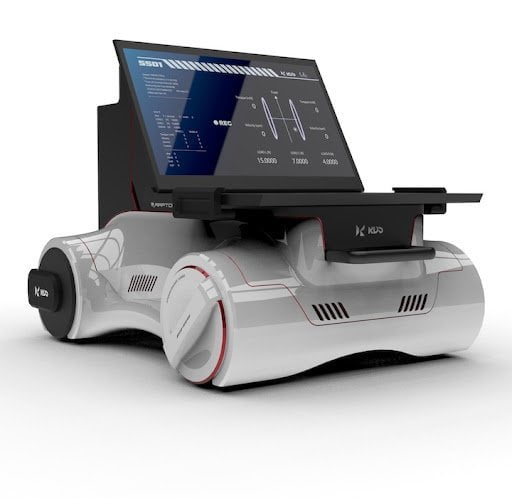Advertising, my job, is a cursed job. You know several communication tricks and annoy friends and family by pointing out fussy details in seemingly trivial news. I think it is the same for physiotherapists, a category that I recently frequented due to back pain.
I imagine them in the bar noticing that the waiter has a crooked shoulder, the barman suffers from low back pain and so on. They have seen so many cases that they are now diagnosed even when they are on the street, observing the walk of people. Soon someone could do the same in a "robotic" version.
Japanese medical research has discovered a link between a person's walking pace and their risk of developing dementia, stroke or joint disease - all disorders that reduce life expectancy. Artificial intelligence is used to identify telltale patterns in walking that are imperceptible to the human eye.
Walking as a biomarker?

The use of walking as a biomarker would be extraordinarily useful. It's not an invasive test, doesn't require a testing facility and relies on a lot of data, at least in Japan where everyone tends to walk a lot. Of course, it's not practical to send a cameraman to follow someone's walk through their days. As RDS, a design company, worked in collaboration with the National Rehabilitation Center of Japan to come up with a droid concept. It is called CORE-LER. What does he do? Simple: follow a subject around and observe their walk and movements. A nice meddler, but it helps to get better.
I quote from the description of the project:
“In this product, a robot equipped with a 3D camera follows the subject. The robot analyzes its walk, and the data obtained is stored on a cloud server. We will constantly improve the accuracy of outcome judgment through machine learning, walking motion will become a new barometer of health.”

Predict diseases from walking in advance
An accurate analysis of walking motion, which today can only be performed with an expensive motion capture system, can be cheaper and simpler with CORE-LER, measuring even more elements.
What's more, by recording and analyzing walking movements as 3D data, CORE-LER will be used for the early detection of diseases that were difficult to detect in the past. Move on to pre-illness.


